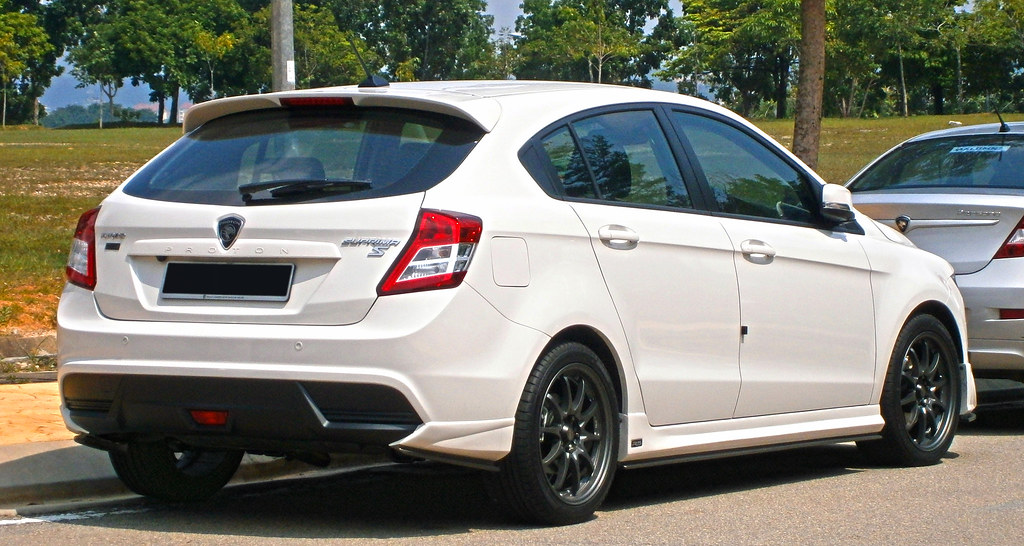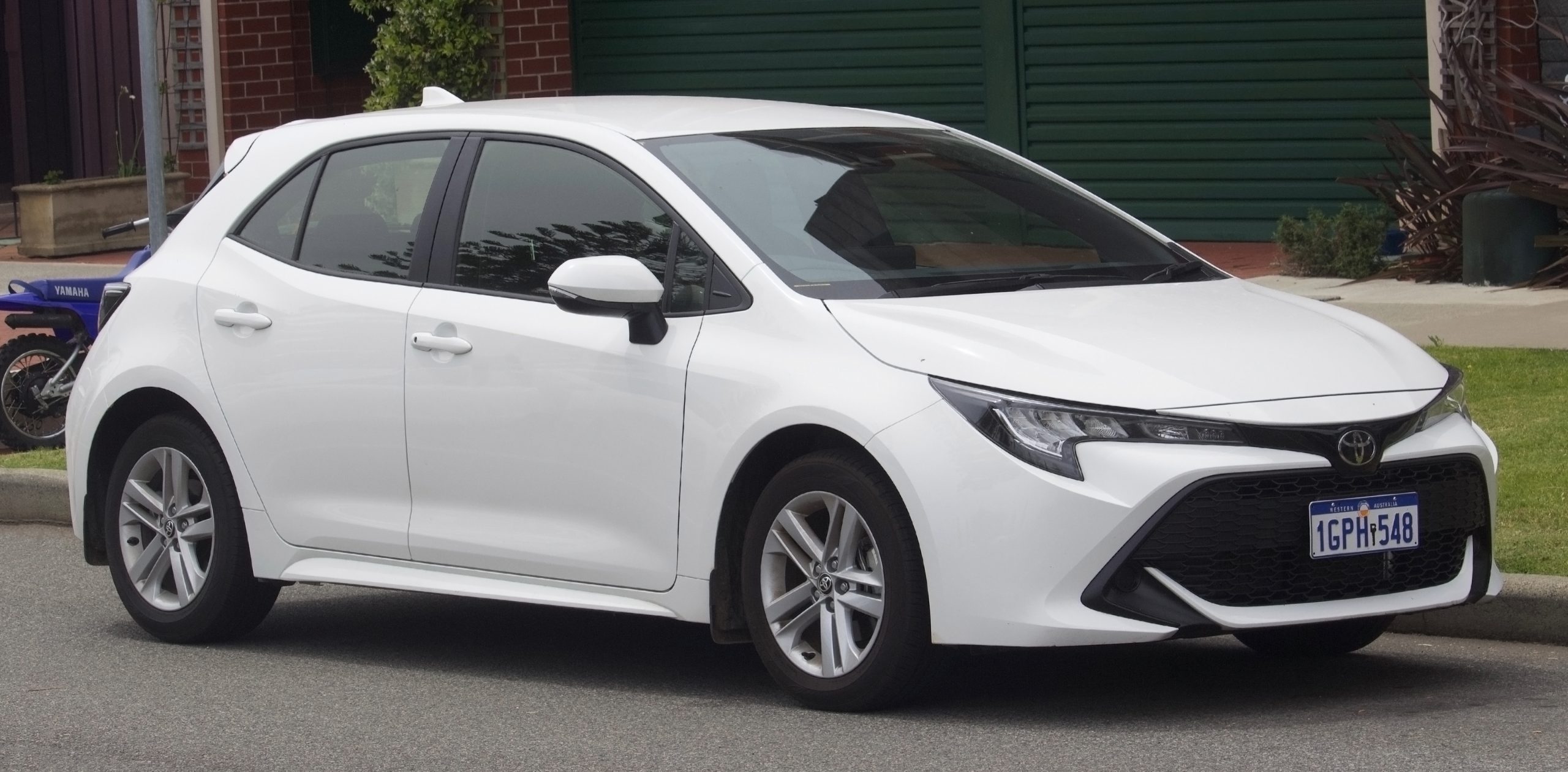Hatchbacks are incredibly versatile — compact yet roomy, fuel-efficient yet fun to drive. But one common complaint among hatchback owners? Road noise. Whether it’s tire hum, engine vibration, or wind whistling through the cabin, the open cargo area and thinner insulation often let in more sound than you’d like.

In this guide, we’ll walk you through the most effective sound deadening solutions for hatchbacks, from easy DIY mats to professional spray treatments, all designed to give your ride a quieter, more comfortable feel.
Why Hatchbacks Are Louder Than Sedans
Hatchbacks tend to suffer from more cabin noise for a few reasons:
- No sealed trunk — the open cargo area creates an echo chamber
- Less factory insulation to save weight and cost
- Tire and road noise travels directly into the rear cabin
- Thinner metal panels can vibrate more easily
Luckily, there are affordable fixes that dramatically cut down on decibels.
Step 1: Start With the Floor Mats
The floor pan is one of the main sources of road noise. Installing mass-loaded vinyl (MLV) or butyl rubber mats under your carpet can absorb sound and reduce vibrations.
Recommended Product:
Noico 80 mil Sound Deadening Mat
- Self-adhesive and easy to cut
- Butyl base with aluminum top layer
- Reduces up to 10–15 dB of road noise
🛠️ Install tip: Remove seats and trim for a clean fit. Even just covering the front footwells makes a huge difference.
Step 2: Treat the Hatch and Rear Panels
The cargo area is a major noise gateway. Line the wheel wells, rear fenders, and tailgate with closed-cell foam or spray-on rubber coatings.
Recommended Product:
Siless Liner 157 mil Closed Cell Foam
- Lightweight and great for heat + sound
- Ideal for rear quarter panels and hatch lid
Optional Upgrade:
LizardSkin Sound Control Spray
- Professional-grade ceramic coating
- Requires sprayer, but very effective
Step 3: Address the Doors and Roof
Doors allow wind and engine noise in, while the roof can amplify rain and vibration.
Recommended Product:
Dynamat Xtreme Door Kit
- Designed for car doors, includes roller
- Improves audio quality and blocks road hum
Bonus Tip:
Line the roof interior if you want maximum cabin silence — especially helpful during heavy rain.
Step 4: Quiet the Tires

Even with insulation, your tires can bring in a lot of hum. Consider switching to low-noise tire models specifically made to reduce cabin intrusion.
🔗 You might also be interested in:
Best Tires for Low Road Noise
Step 5: Seal the Gaps
Finish with foam or rubber gaskets around:
- Door seals
- Hatch latch
- Speaker mounts
- Under rear seat gaps
Small gaps can leak a surprising amount of sound — sealing them offers a quieter ride and better insulation.
Comparison Table: Popular Sound Deadening Solutions
| Product | Type | Best Use | DIY-Friendly | Cost Range |
|---|---|---|---|---|
| Noico 80 mil mat | Butyl/aluminum mat | Floors, doors | ✅ Yes | $60–$100 |
| Siless Liner foam | Closed-cell foam | Hatch, wheel wells | ✅ Yes | $40–$80 |
| LizardSkin Sound Spray | Spray coating | Interior panels | ⚠️ Needs sprayer | $100–$200+ |
| Dynamat Door Kit | Mat + roller | Doors | ✅ Yes | $75–$120 |
| Rubber Seal Gasket Trim | Foam/rubber strip | Gaps/seals | ✅ Yes | $10–$30 |
FAQs
Q1: Do sound deadening mats affect fuel efficiency?
Not significantly. Even after applying mats throughout the cabin, the weight added is usually 20–40 pounds — negligible for most cars.
Q2: Is spray-on or mat insulation better?
Mats are easier for DIY installs and target floor/door areas. Sprays offer full coverage and great results but require more setup.
Q3: Can I combine mats and sprays?
Yes! Using mats on the floor and foam/spray in the hatch or roof delivers the quietest results.
You Might Also Be Interested In:
Let’s Talk Cars
Have a question? A suggestion? Just want to say hi?
You’re in the right place.
Use the form below to reach out to the AutoSpecs Daily team. We're happy to hear from readers, car lovers, first-time buyers, and anyone who's got something to share.
What can you contact us about?
- Feedback on one of our articles
- Ideas for new topics you'd like us to cover
- Questions about cars, gear, or general auto advice
- Media, partnership, or brand inquiries
- Anything else that's on your mind
We check every message that comes through and do our best to respond within 2 to 3 business days.
We don’t list an email address here to avoid spam, but the contact form is the best and fastest way to reach us.
Thanks for stopping by. We're glad you're here.

